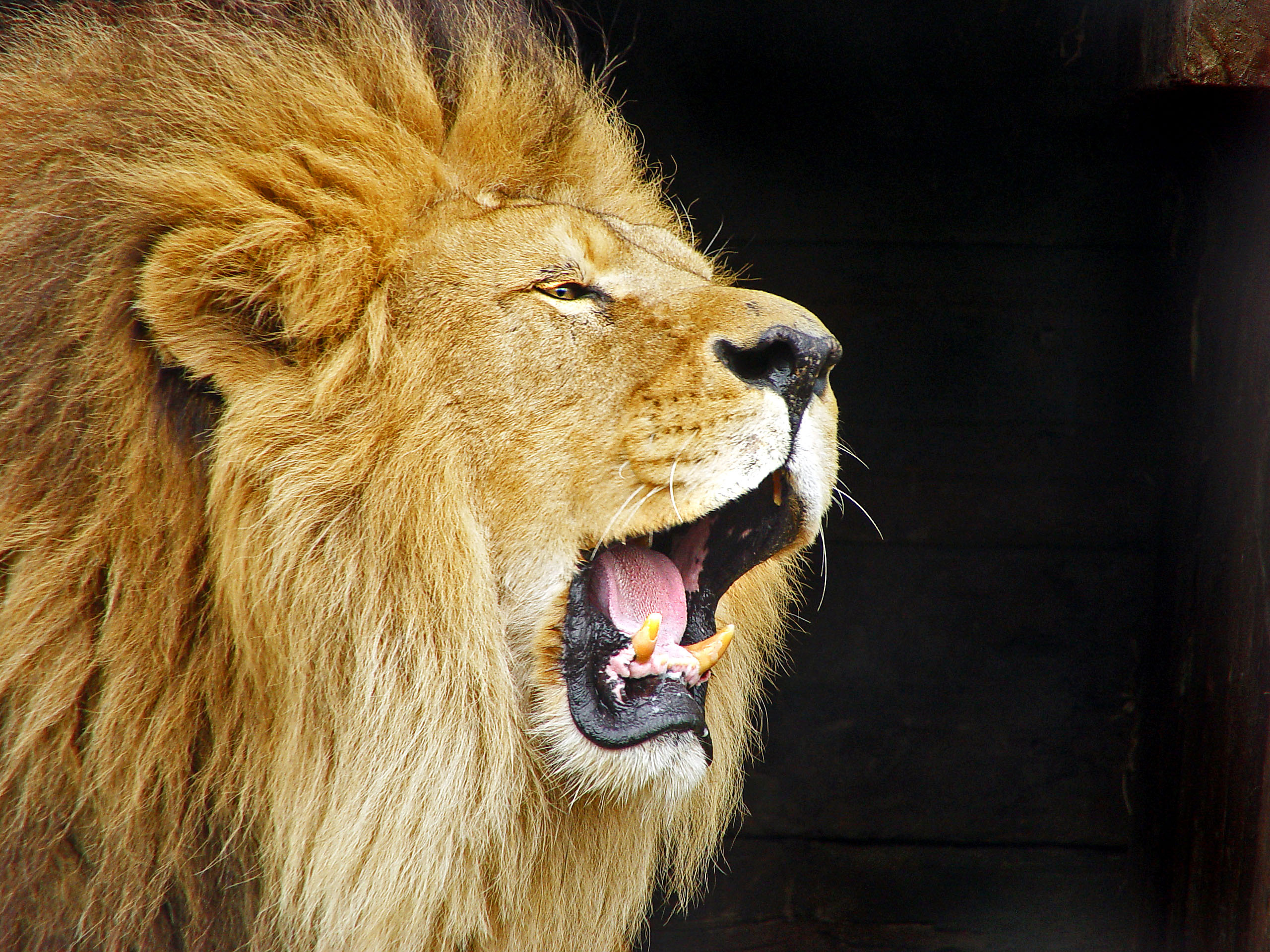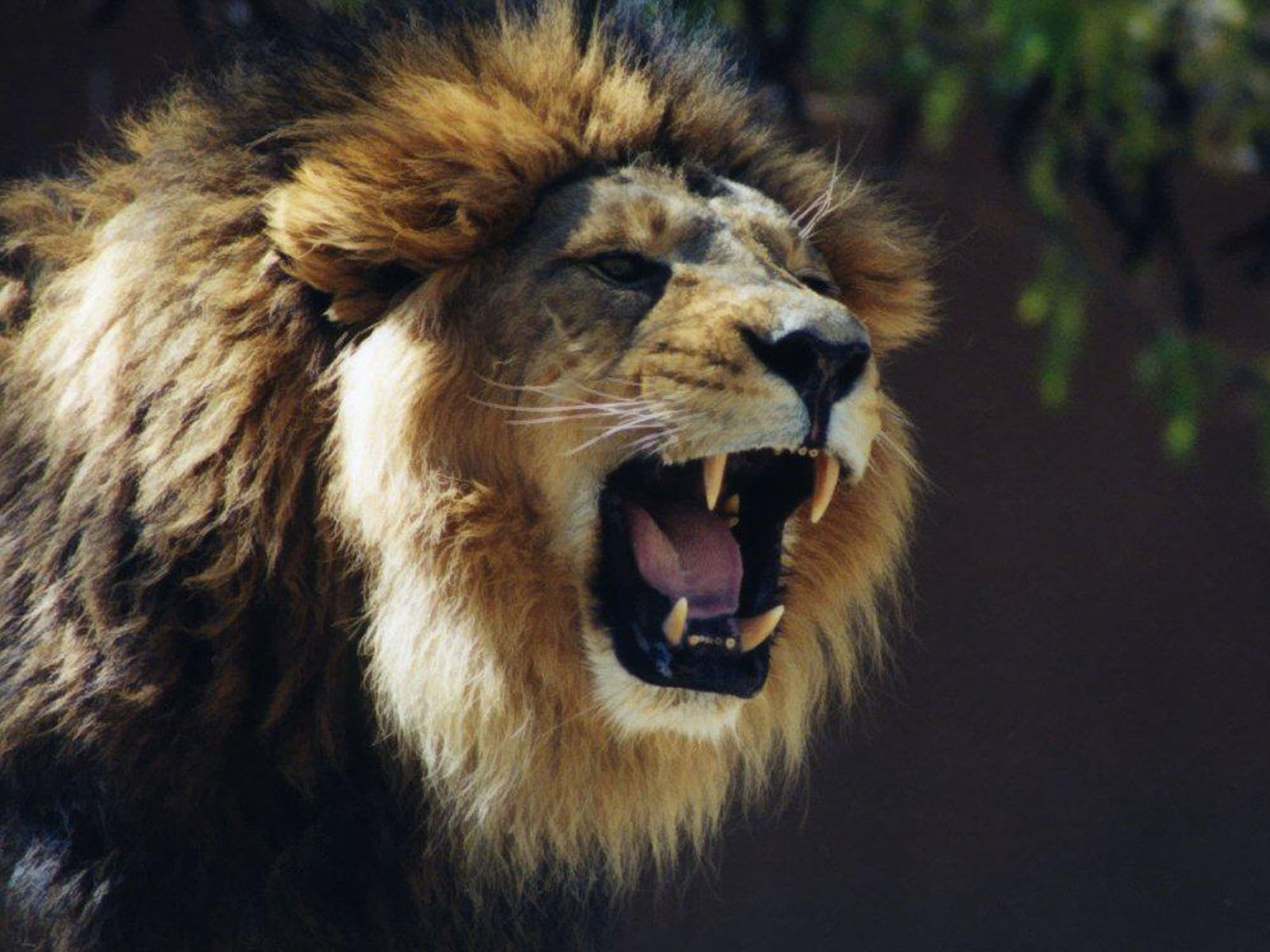
The Mighty Roar of the King of the Jungle
Lions, known as the kings of the jungle, possess a powerful and distinctive roar that symbolizes their dominance and strength. This iconic vocalization is one of the most captivating sounds in the animal kingdom. In this article, we will explore the fascinating world of lion roaring, its purpose, and the astonishing abilities behind this majestic display.

The Purpose of Lion Roaring
The primary purpose of a lion's roar is communication. Lions utilize their roar as a form of long-distance communication, conveying important messages to their pride members or potential intruders. This deep and resonant sound can travel for several miles, making it an effective means of communication in the vast African savannah.
Establishing Territory and Presence
One of the crucial functions of a lion's roar is to establish and defend their territory. Male lions often use their powerful vocalizations to mark their boundaries, warning other males to stay away. By roaring, they assert their dominance and advertise their presence to both allies and rivals, ensuring the safety of their pride and resources.

Warning and Intimidation
When it comes to protecting their pride, lionesses play a vital role. They are responsible for hunting and guarding their young ones. Lionesses employ their roars to warn intruders and potential threats, deterring them from approaching their cubs or challenging their authority. The combined roars of a lion and lioness create a formidable symphony that sends shivers down the spines of their opponents.

The Science Behind the Roar
What makes a lion's roar so powerful and distinctive? The secret lies in their unique vocal anatomy. Lions possess a specialized larynx and an enlarged vocal fold called the "roar organ." This anatomical adaptation allows them to produce deep, low-frequency roars that can be heard from miles away. The resonance of their roar is amplified by their large chest and the surrounding landscape, creating an awe-inspiring auditory experience.

The Roar as a Social Bonding Tool
Roaring also plays a crucial role in strengthening social bonds within a lion pride. When a lion roars, it can be heard by other pride members who respond with their own roars, creating a harmonic chorus. This synchronized roaring helps to unify the pride, reinforcing their social connections and promoting cooperation during hunting and territorial defense.

Roaring as a Display of Strength
Aside from its communicative purposes, a lion's roar is also a display of strength and dominance. Male lions often roar to assert their authority and intimidate rivals. The sheer power and volume of their roar serve as a warning sign, dissuading potential challengers and showcasing their physical prowess.

Roaring Rituals and Vocalizations
Lions have a unique roaring ritual that involves specific vocalizations. A typical roar begins with a series of short, soft grunts, gradually building up to a full-throated roar that echoes through the savannah. These vocalizations vary in intensity, duration, and pitch, conveying different messages and emotions to other lions in their vicinity.

The Impact of Human Activity
Unfortunately, human activity poses a significant threat to lion populations and their iconic roars. Habitat loss, poaching, and conflicts with humans have led to a decline in lion numbers. Conservation efforts are crucial to protect these majestic creatures and ensure that their roaring legacy continues to resonate throughout the wilderness.
